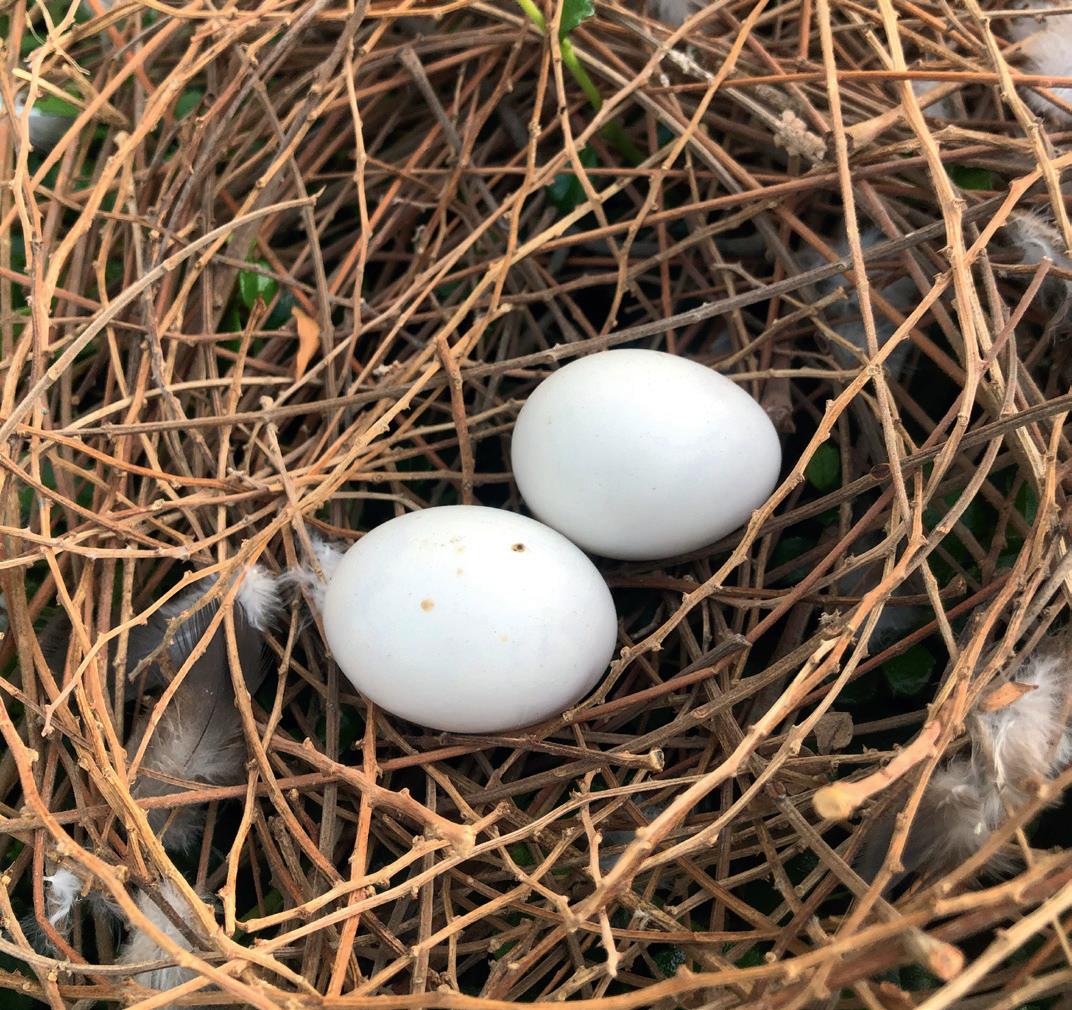
2 minute read
THE FUTURE OF OUR SPORT WON’T GROW ITSELF.
WE NEED YOUR HELP TO GROW THE SHOOTING SPORTS.

Advertisement


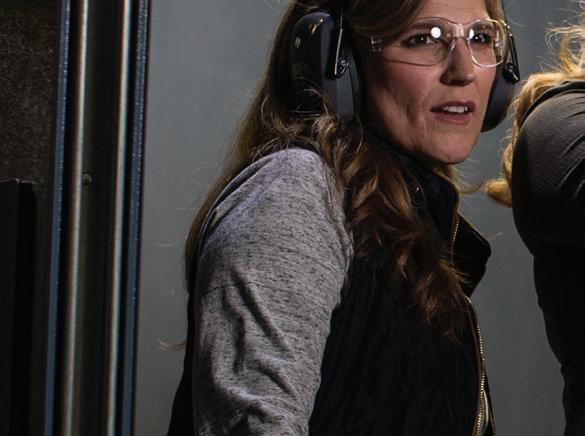
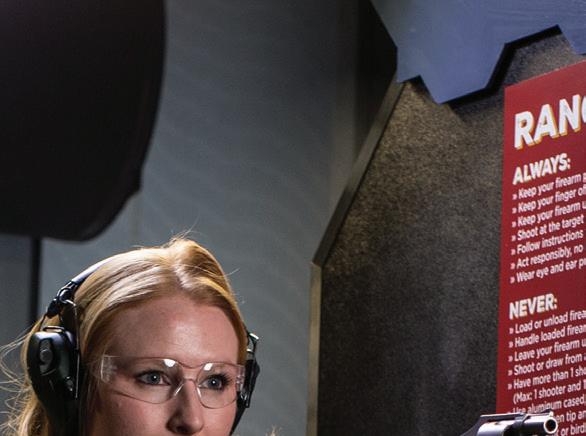
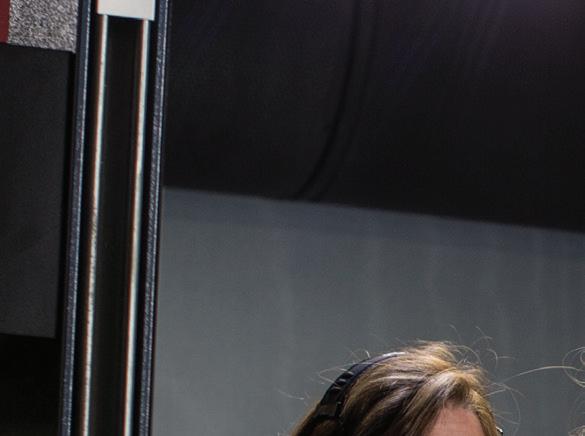
If just 1 in 3 hunters and target shooters introduce one new person to the shooting sports, we’ll secure a strong future for generations to come. The +ONESM Movement is a mission to do exactly that. We need your help to spread the word about the single most unifying force in the shooting sports today. Together we’ll ignite the passion of millions of new hunters and recreational shooters. And build the future of the way of life we love.
Be the one. Join the +ONE Movement. Visit nssf.org/plusone.
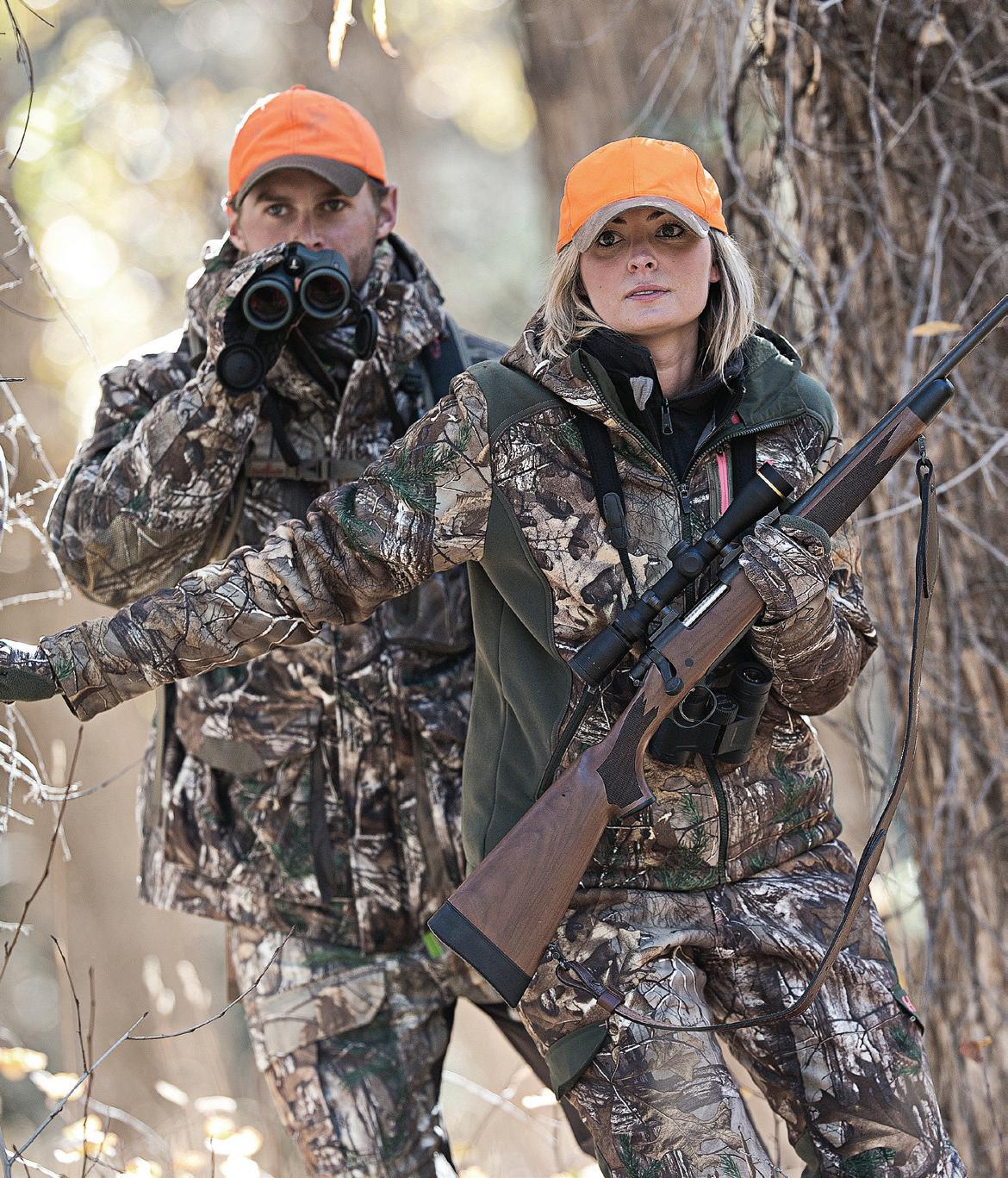
BY MATTHEW GAY PHOTOS BY ROGER MARKS
As you may have read in my letter from the editor, ClayShootingUSA is expanding its subject matter to include all wing shooting pursuits. With this being the inaugural foray into this topic, it's only fitting that we cover the wily feathered grey game bird which marks the commencement of a new hunting season, every year, across the country.
The Mourning Dove
Doves are essentially designed to be one of the most resilient renewable resources on the planet. They typically only lay two eggs for each brood, but they will nest up to five times per season between March and November. With a mere two-week incubation period for eggs, combined with and quick transition to a fledgling, Mourning doves achieve excellent nesting success rates when compared to other game bird species. For example, the Mallard duck requires a 15 percent nesting success rate to maintain a healthy population, with studies showing averages ranging between 18 and 25 percent depending on the spring and predator populations. My favorite game bird species, the American Woodcock, has an
Travelling for Doves
After reading the above statistics its mind-boggling to think that anyone would have to travel to take advantage of this excellent renewable resource. However, in my state of Michigan, a state that ranks in the top three for Canada Goose harvests, number one for American Woodcock, in the top three for Ruffed grouse and takes around 400,000 whitetails per year, the Mourning Dove is considered a “songbird.” We have several outof-state anti-hunting organizations, who pumped millions of dollars into a misguided ballot initiative, to thank for this unscientific position, but I digress.
At this time of the year, not to be left out of the tradition, my hunting buddies and I travel south to Sandy Prairie Hunt Club in Indiana. This venue offers excellent opportunity to hunt doves in a carefully planned out patchwork of large crop fields bordered by cut sunflower strips. This careful design creates a dove magnet, where hunters are selectively rotated, so as not to “burn-out” the fields with too much hunting pressure. The hunting lodge is not as fancy as some of private lodges which dot the western prairie, but this place is perfect for the beginning wing shooter and seasoned veteran alike.
combined with five broods per year, its easy to see how, with an annual harvest of around 20 million birds, the population remains stable at roughly 350 million individuals.
